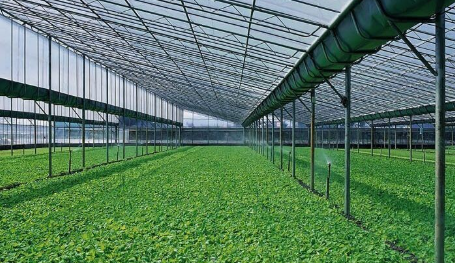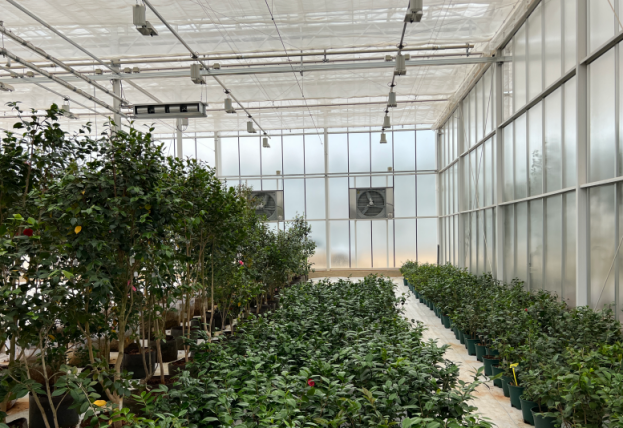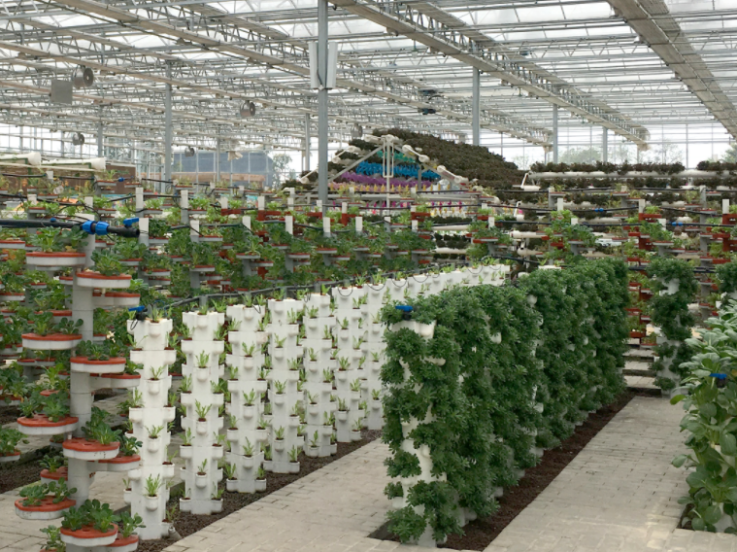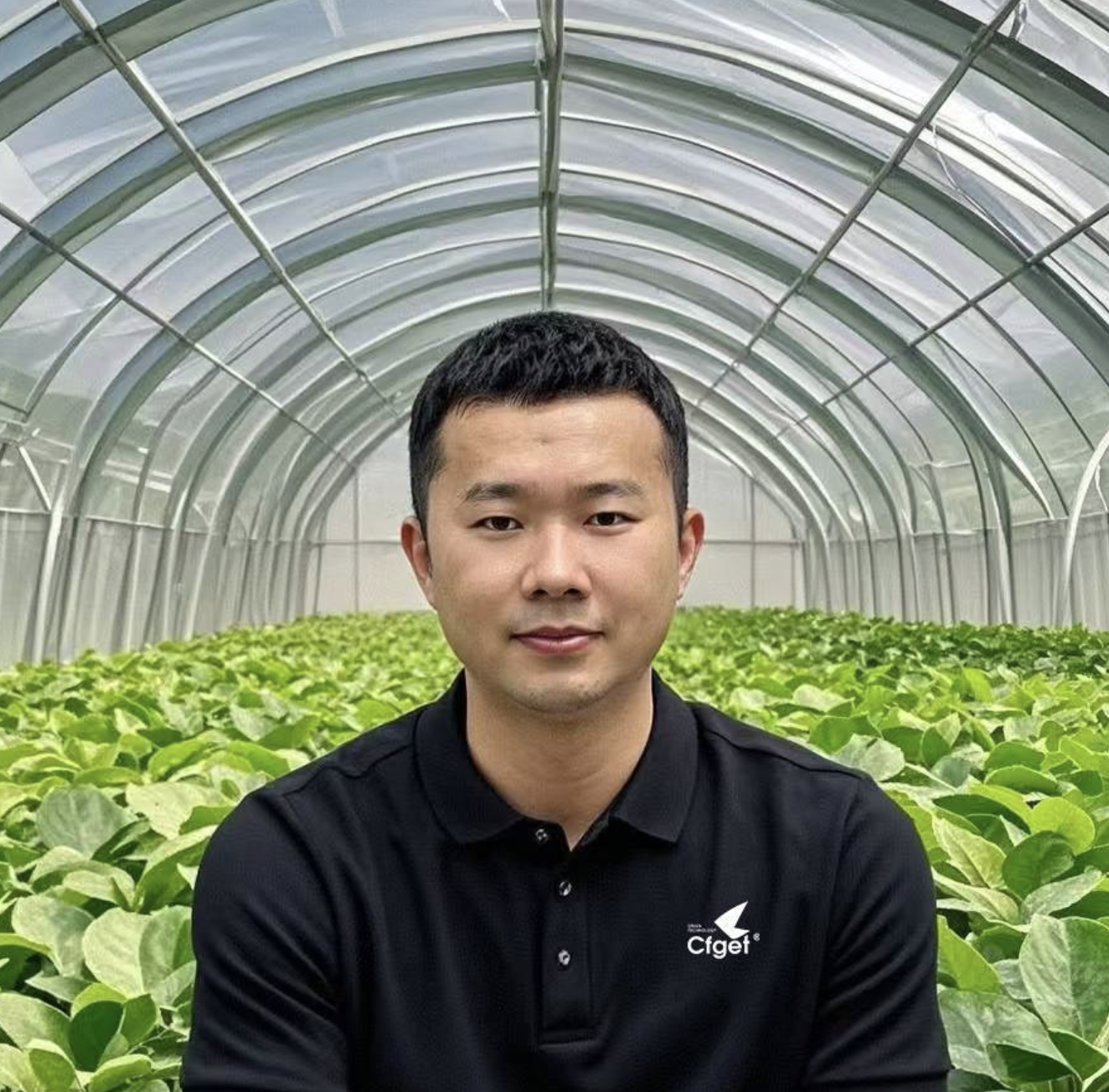A greenhouse is a special environment that shields plants from the outside weather, helping them thrive in a controlled space. But when it comes to greenhouse design, there’s one common question: Does a greenhouse need to be airtight?
The answer depends on several factors, including the types of crops being grown, local climate conditions, and the technology used. Let's explore why airtight greenhouses are popular and what factors influence the decision.
The Purpose of a Greenhouse: Ideal Conditions for Growth
The main goal of a greenhouse is to create an environment where plants can grow optimally. Temperature, humidity, light levels, and carbon dioxide concentration are key factors that need to be controlled. A well-designed greenhouse provides a stable environment that helps plants grow without being affected by fluctuating weather outside.
Some greenhouses are designed to be airtight to ensure complete control over these factors. By reducing the amount of outside air entering, the greenhouse can maintain consistent conditions, enhancing plant growth. These sealed environments are particularly beneficial for high-value crops that require precise climate control, like strawberries or certain types of vegetables.

The Benefits of an Airtight Greenhouse
Airtight greenhouses have become increasingly popular due to their ability to maintain precise climate control. The air exchange is minimized, which means temperature, humidity, and CO2 levels can be managed more efficiently.
One of the key benefits is energy efficiency. In colder climates, an airtight greenhouse helps retain heat, reducing the need for artificial heating. In warmer regions, this design helps prevent overheating by controlling internal temperatures, which is crucial for crop health.
Another advantage is consistent growth conditions. By controlling the environment to this level of detail, the likelihood of temperature fluctuations or excess moisture is minimized, providing optimal conditions for plants to thrive throughout the year.
However, the high-tech systems required to maintain such conditions can be costly. Not all growers can afford the advanced equipment and infrastructure needed for an airtight system. Plus, if the air circulation system isn't well-maintained, there could be a risk of too much CO2 buildup, which may harm plant growth.
The Balance Between Ventilation and Airtightness
In most greenhouses, it’s not a matter of being completely airtight. The key is finding the right balance between ventilation and sealing. Over-sealing a greenhouse can lead to poor air quality, while excessive ventilation can make it difficult to maintain temperature and humidity levels.
For this reason, many modern greenhouses use a dynamic sealing system. With smart sensors and climate control technology, the greenhouse automatically adjusts to changes in temperature, humidity, and CO2 levels. During the day, ventilation systems may open to bring in fresh air. At night, the system closes to preserve heat.
The benefits of ventilation extend beyond just temperature control. Proper humidity management is crucial for plant health. In regions with high humidity, the greenhouse needs to efficiently manage moisture levels to prevent mold and diseases. A well-designed ventilation system can help prevent these problems, ensuring healthy plants.

Why Natural Ventilation Works for Some Greenhouses
For greenhouses in moderate climates, natural ventilation is often sufficient. This method takes advantage of temperature differences between the inside and outside, as well as the wind, to promote air exchange. By opening windows or skylights, the greenhouse allows fresh air to circulate, maintaining a balance between temperature, humidity, and air quality.
In these types of greenhouses, the cost is lower compared to fully airtight models, and it still provides the necessary environment for plants to grow. This design is particularly common in regions with milder climates where temperature and humidity fluctuations are less extreme.
How Technology is Shaping Greenhouse Design
With ongoing advancements in technology, many greenhouses now incorporate intelligent climate control systems. These systems use sensors to continuously monitor conditions and make automatic adjustments. They can regulate everything from temperature and humidity to CO2 levels, ensuring the environment is always optimal for plant growth.
At Chengfei Greenhouse, we specialize in using advanced technology to create efficient, climate-controlled environments for a wide range of crops. Our solutions provide growers with the tools to optimize production while minimizing energy costs. Whether using fully sealed systems or natural ventilation, our goal is to help clients achieve the best results with minimal effort.

Finding the Right Greenhouse Design for Your Needs
The decision to make a greenhouse airtight or not ultimately depends on various factors, including the types of crops, climate, and budget. Whether it's a high-tech sealed greenhouse or a more traditional design with natural ventilation, the goal is to create a stable, optimal environment for plants.
Finding the right balance between airtightness and ventilation is crucial. With the right system in place, you can maintain healthy crops and maximize your yields, no matter the conditions outside.
Welcome to have a further discussion with us.
Email:info@cfgreenhouse.com
Phone:(0086)13980608118
●#Smart Greenhouse Systems
●#CO2 Control in Greenhouses
●#Sustainable Greenhouse Designs
●#Greenhouse Climate Control Technology
●#Natural Ventilation in Greenhouses
●#Energy Efficient Greenhouses
Post time: Mar-04-2025






 Click to Chat
Click to Chat